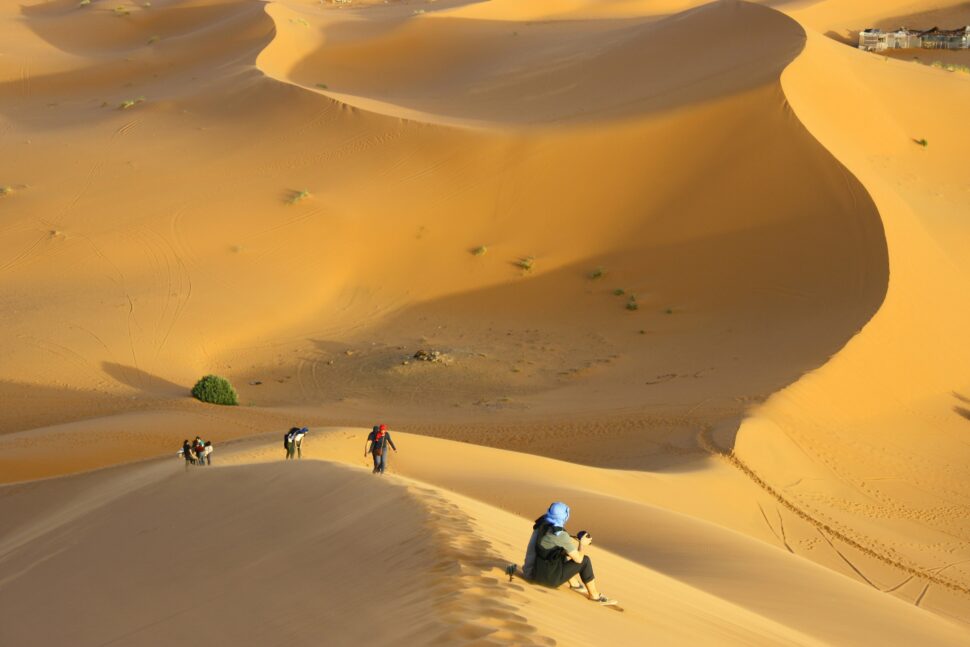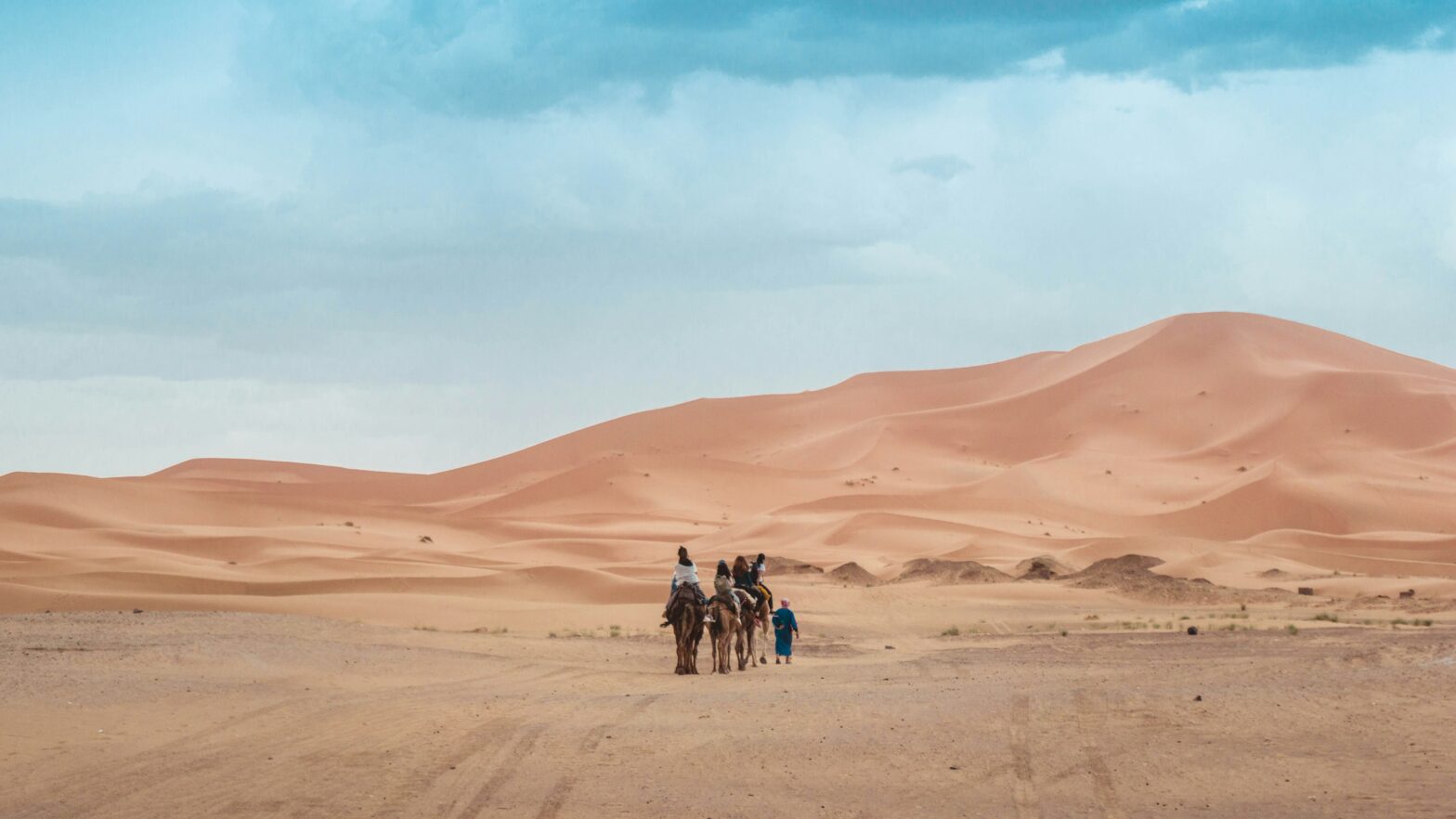For being 4.5 billion years old, Earth looks pretty good – especially given all that humans put the planet through on a daily basis. While mankind may think we rule the world, no one can stop the force that is Mother Nature from delivering hurricanes, earthquakes and other natural disasters as she sees fit. While Lisbon, Portugal residents were unexpectedly jolted awake by a 5.3 magnitude tremor earlier this week, those in Northern Africa are reporting heavy rainfall in Sahara Desert, which is typically the driest place on Earth.
Spanning 3.6 million square miles from the Atlantic Ocean to the Red Sea, the area sees little to no annual precipitation. This is because it sits under the subtropical ridge, which is “a permanent high-pressure system [that] causes the air to descend and make the atmosphere dry and stable,” as Severe Weather explains. Overall, these conditions prevent cloud formation and precipitation, explaining the general lack of rainfall in Sahara.
The Inter-Tropical Convergence Zone Is Shifting to the North
Interestingly, it wasn’t always this way. From 6000-11000, the world’s largest desert was a “green region with lakes, rivers and lush vegetation.” However, changes in Earth’s orbit eventually led to shifts in the weather patterns, transforming the nature-clad oasis into some of our driest land. Of course, there is still some precipitation that hits the area, mostly around the Inter-Tropical Convergence Zone/ITCZ) of the Equator.
The ITCZ is a result of trade winds from both hemispheres meeting to create motion, clouds and rain. Analyzing its patterns helps experts to track weather and climates in tropical countries and keep an eye on storm formation out of Africa. Rainfall in Sahara is also dependent on the ITCZ; in August 2024, it’s sitting further north than expected for this time of year, which could explain the current conditions.
How Long Is the Rainfall in Sahara Expected to Last?

Since June there’s been a trend in the ITCZ navigating north. “This can drastically change the weather patterns over the region and also affect the Atlantic Hurricane Season,” Severe Weather notes. As a positive, this move can mean fewer tropical systems powering up out of Africa as the storms will be moving into the Atlantic at a higher altitude over colder water. Based on what they know so far, experts are expecting September to be a period of rainfall in Sahara, with over 500% of the normal monthly amount falling from the sky. Because many parts of the desert see less than 25mm (one inch) each year, this rare weather event might mean years’ worth of precipitation in just a few days.
Conditions like this happen about once per decade, and “are usually a sign that something is perhaps changing in Earth’s weather system, indicating an unusual state of the atmosphere,” the outlet shares. “Such strong and rare weather anomalies can indicate a big instability of the global weather system.”





